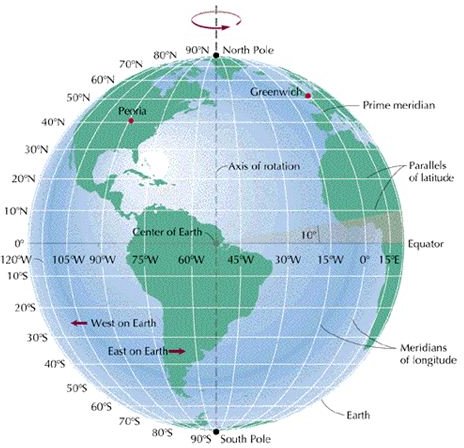How to test for flat vs globe
In order to test this we must first agree on the basics and how we define them.
First of all we must distinguish between actual experiment and thought experiment.
"Thought experiments are devices of the imagination used to investigate the nature of things. They are used for diverse reasons in a variety of areas, including economics, history, mathematics, philosophy, and the sciences, especially physics."
--Stanford
Einstein's thought experiments.
"These 5 mind-melting thought experiments helped Albert Einstein come up with his most revolutionary scientific ideas"
--Business insider
Thought experiments are propositions that lead to logical conclusion "if this is true then this follows and is true as well". Not all propositions, "ifs", are true, many times they are assumed to be true and need to be tested.
Thought experiments to back to Greek philosophy and cosmology. Pythagoras determined the earth to be a globe by thought not by measurement. "If the sun and moon are spheres than so is the earth." He determined that sun, moon, stars and earth were "all" essentially the same thing, solid spheres. The Biblical account literally says the sun, moon, stars, and earth are different things. The most distinguishing feature is "water", only the earth has water, vast oceans. We get the idea of level from the oceans--sea level means flat. We also get our idea of flat earth from "straight horizons".
So, flat earth is consistent with empirical observation of level and straight. This is what fuels the flat earth concept. The modern movement is being energized by the Nikon P900 camera. It is being used to "prove" the geometric curvature of the earth does not exist.
Every basic cosmological concept is being challenged. This challenge is popular because it's about what we can actually see as opposed to what we cannot see. I know that many cosmological arguments are philosophical at their premise not based in science or empirical evidence.
What is the horizon line?
The first step for me is our sense perception of earth. What is my first visible reference point? I want to begin with the horizon line. What is it? I have been confused on this and I'm not alone. I was asked a good question about this, "how come we can only see a distance of 2 to three miles ahead of us at ground level with our eyes, but we can see the sun, moon (even it's craters which are actually very small in diameter), and stars that are thousands and millions of miles away? How come we see any thing at all beyond the horizon line?
I saw one definition of horizon that said it's where sky meets earth. I think it would be agreeable for all of us to say that it's where sky "visually" meets earth. The horizon line is the limit of our ability to see in the distance of earth. As we elevate higher the more of earth we can see and the further the our horizon line becomes. At 3 feet in height I can see 2.3 miles. At 6 feet in height I can see 3.9 miles. At 12 feet I can see 4.6 miles.
The horizon line exists because the earth beneath our feet appears to rise up to our eye level. But we know instinctively that it is not actually rising. Anything that we can see beyond our horizon line must be tall and large enough for me to see it, tall buildings, mountains, etc.
We know the landscape does not actually rise up. We also know that if our eyes did not perceive it that way we would not see anything coming at us until it was right in front of us, and vise versa. Globe earth argues that the horizon line, beyond where things are no longer in view, is because the earth beneath our feet is actually dropping away from us and at 3 miles has dropped 6 feet, 8 inches per mile squared they say. That means the earth drops 24 feet at 6 miles. Flat earth argues that the earth is not dropping away from us but only distance makes it appear that way, i.e. the earth is still flat beyond our horizon line.
How would you test this to see who is right?
Both thought and actual experiments are acceptable but we must distinguished between the two.
--Dave


